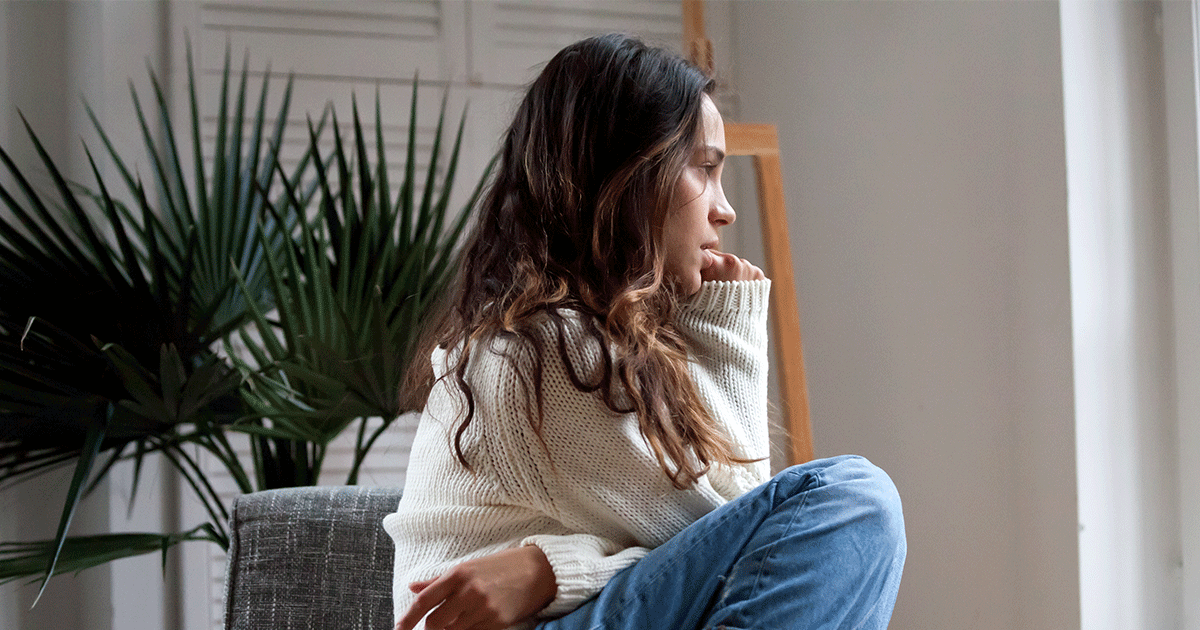When it comes to STDs (sexually transmitted diseases) there are still a lot of misperceptions and misunderstandings. It’s important we know the truth about STDs so that we can take control of our own health and well-being. So let’s clear up some of the myths.
10 Myths about STDs:
1. I can’t get STDs from oral sex. Actually, you can. STDs can be transmitted from genital-to-genital contact, from oral-to-genital contact, or from skin-to-skin contact. If you’re having any kind of sex at all – or if you’re having any kind of intimate skin-to-skin contact – talk to your doctor about being screened for STDs.
2. Using a condom protects against STDs. This is a common misperception, but it just isn’t true. STDs like herpes and genital warts can break out in areas that a condom doesn’t cover, so a condom won’t completely protect you from them.
3. Two condoms are better than one. Some people think if one condom can’t completely protect you from an STD, then layered condoms will double the protection. This isn’t true. Using two condoms actually offers less protection than one. Why? Because the two condoms will rub against each other and the friction will weaken both condoms.
4. The birth control pill protects against STDs. Though the pill works pretty well at preventing pregnancy, it can’t protect you against any STD.
5. I can tell whether my partner has an STD. Unfortunately, this isn’t true. You can’t tell if someone has an STD just by looking at them. Often, many STDs don’t even have any symptoms, so your partner may not even know he or she has an STD. The only way to know for sure whether you have an STD is by being tested, and the only way you can know for sure whether a partner has an STD is if that person is also tested.
6. Chlorine in a hot tub or swimming pool kills sperm and anything that causes an STD. This has been a popular urban legend, but it just isn’t true. Chlorine isn’t a spermicide. It doesn’t kill sperm. And though chlorine does help disinfect the water and kills some bacteria, it doesn’t protect you from an STD. Actually, because the water in a hot tub or pool decreases your body’s natural lubrication, you’re more likely to get tiny micro-abrasions in your genital area from the friction of sex, which makes you more susceptible to an STD.
7. I’ve only had sex with one person, so there’s no way I have an STD. Just as you can get pregnant by having sex one time, you can contract an STD any time you have sex – even the first time. If the one person you’ve had sex with has an STD, you’re at risk of also getting that STD. And some STDs can be spread by skin-to-skin contact, so you don’t even have to have full sexual intercourse to get those STDs.
8. I’ve only had a couple sexual partners, and I plan to stay with my current boyfriend forever, and I don’t have any symptoms, so I don’t have to worry about STDs. Any time you’ve had sex with someone, you’ve been exposed to any STDs that person has. And because so many STDs don’t have any overt symptoms, a lot of people don’t even know they have an STD. The only way to know for sure whether you have an STD is to be screened by a medical professional. And the only way to know for sure if your partner has an STD is for him or her to be screened.
9. I’ve been sexually active for a long time and I’ve had several partners. I’d definitely know by now if I had an STD. Unfortunately, this isn’t true. As we’ve said, many STDs don’t have any symptoms that you’d notice.
10. I can’t have more than one STD. This is also false. Actually, it’s common for two or more STDs to go hand-in-hand and be present at the same time. That’s why doctors usually screen for multiple STDs and consider you at risk for other STDs if you’re diagnosed with one.
STDs are common – especially among young people. According to the CDC (https://www.cdc.gov/std/life-stages-populations/stdfact-teens.htm), there are about 20 million new cases of STDs each year in the United States. About half of those – 10 million infections – are among people ages 15 – 24. It’s important for you to know the facts so you can protect yourself.
The only way to completely protect yourself from getting an STD is to not have any kind of sex – anal, oral, or vaginal – and to avoid intimate skin-to-skin contact. If you do decide to have sex, it’s important that both you and your partner are tested for STDs beforehand and that you are both committed to a mutually monogamous relationship – this means you both agree and commit to only ever having any kind of sex with each other.
Have you heard some information about STDs and you’re wondering if it’s true or a myth? Ask us about it in the comments below or call us in Kearney at 308-234-9880 or in Grand Island at 308-675-2217. We’d love to help you be informed so that you can take charge of your sexual health.





